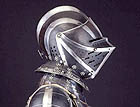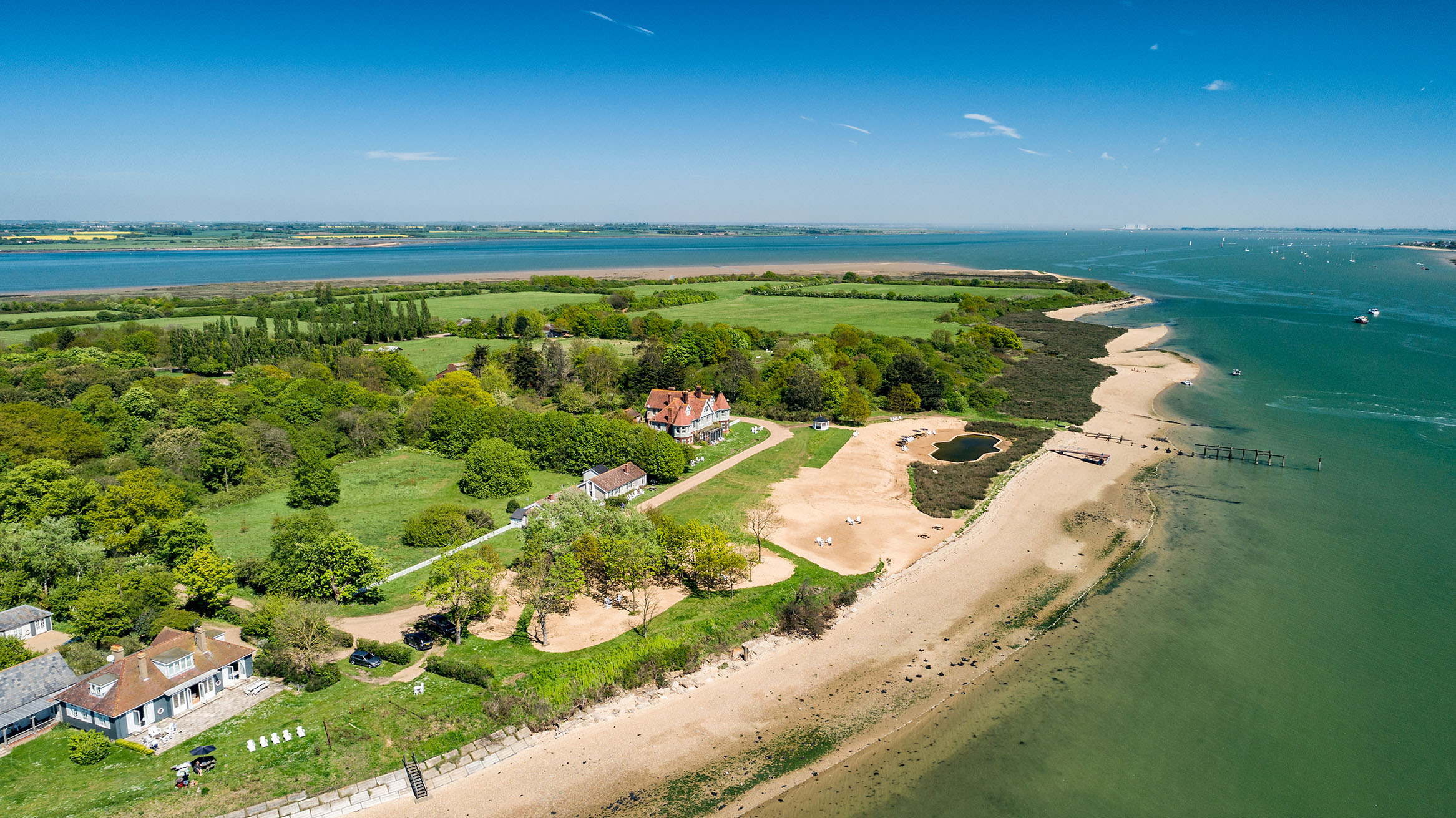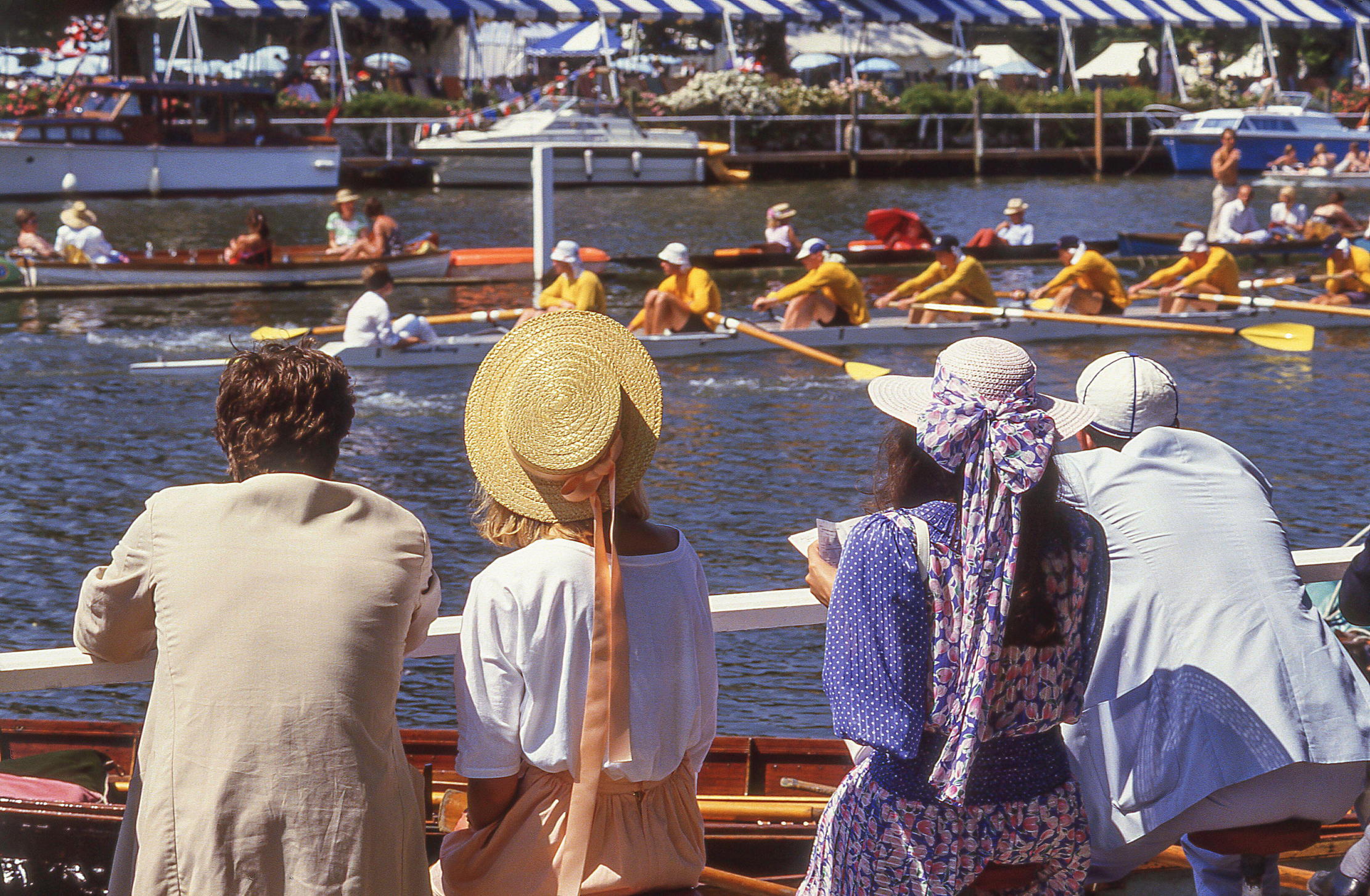Wealthy invest in fine art
The global international wealthy are bolstering the arts and antiques industry, says the RICS UK Arts and Antiques Survey


There has been a stark divergence between trends in the lower and upper price tears of art sales in the past three months, according to the latest report from RICS. While prices of all lots slipped in the lower tiers, this was not the case further up the value chain, with activity in the £50,000 plus price sector remaining buoyant. 43 per cent more Chartered Surveyors reported a rise than a fall in lot prices, demonstrating that the super rich are continuing to invest in unique items as an alternative to stocks and shares.
Signs of a slowdown in the market are beginning to show, particularly in the ceramics, clocks and furniture sub sectors. The super rich are only prepared to buy good quality items that will provide a high return in future sales. This is evident in the weakest performing sector - furniture - as 20 percent of surveyors reported a fall than a rise. In the £5000 plus price tier, 12 percent more surveyors reported a rise in furniture lots showing that buyers are prepared to pay a premium for classic quality pieces as shown in the furniture sales of Lord Sainsbury’s private collection.
This survey period has seen some big auctions take place. Prominent items from private collections have led to soaring sales in the £50,000 plus price tier. Many records have been shattered with surveyors reporting that the spending power of the super rich and overseas buyers - particularly Russians and Middle Eastern nationals - is having a positive impact on the industry.
For the second quarter running Contemporary Art was the strongest performing sub sector and has continued to outperform all other sectors. A life size Lucian Freud painting entitled ‘Benefits Supervisor sleeping’ sold for £17.2 million, at Dreweatts Urban Art Sale, Nick Walker, 'Ratatouille Stencil' sold for £10,000; Adam Neate, 'Red Lips Mixed media' sold for £40,000; and Banksy’s ‘Laugh now but one day we will be in charge’ sold for £100,000 indicating that the popularity of urban art continued to prosper.
In contrast, Oil and Water Colour Paintings did not perform as well as Contemporary Art, with seven percent more Chartered Surveyors reporting a fall than a rise. Noticeable examples are Monet’s ‘Le basin aux nympheas’, painting which sold for £41 million; and Kyffin Williams ‘A Welsh Farm’ canvas oil painting, which sold for £26,000.
RICS spokesman Jeremy Lamond says: 'Investors at the top end of the market see arts and antiques as an alternative investment in this uncertain economic climate. The credit crunch has bolstered the sale price of more expensive items but has depressed the lower end of the market where liquidity is extremely tight. The cost of living is on the increase making the purchase of antiques a luxury few can afford. The situation is unlikely to improve in the near term but as long well-heeled investors remain the market will continue to feel supported.'
Sign up for the Country Life Newsletter
Exquisite houses, the beauty of Nature, and how to get the most from your life, straight to your inbox.
Country Life is unlike any other magazine: the only glossy weekly on the newsstand and the only magazine that has been guest-edited by HRH The King not once, but twice. It is a celebration of modern rural life and all its diverse joys and pleasures — that was first published in Queen Victoria's Diamond Jubilee year. Our eclectic mixture of witty and informative content — from the most up-to-date property news and commentary and a coveted glimpse inside some of the UK's best houses and gardens, to gardening, the arts and interior design, written by experts in their field — still cannot be found in print or online, anywhere else.
-
 380 acres and 90 bedrooms on the £25m private island being sold by one of Britain's top music producers
380 acres and 90 bedrooms on the £25m private island being sold by one of Britain's top music producersStormzy, Rihanna and the Rolling Stones are just a part of the story at Osea Island, a dot on the map in the seas off Essex.
By Lotte Brundle
-
 'A delicious chance to step back in time and bask in the best of Britain': An insider's guide to The Season
'A delicious chance to step back in time and bask in the best of Britain': An insider's guide to The SeasonHere's how to navigate this summer's top events in style, from those who know best.
By Madeleine Silver